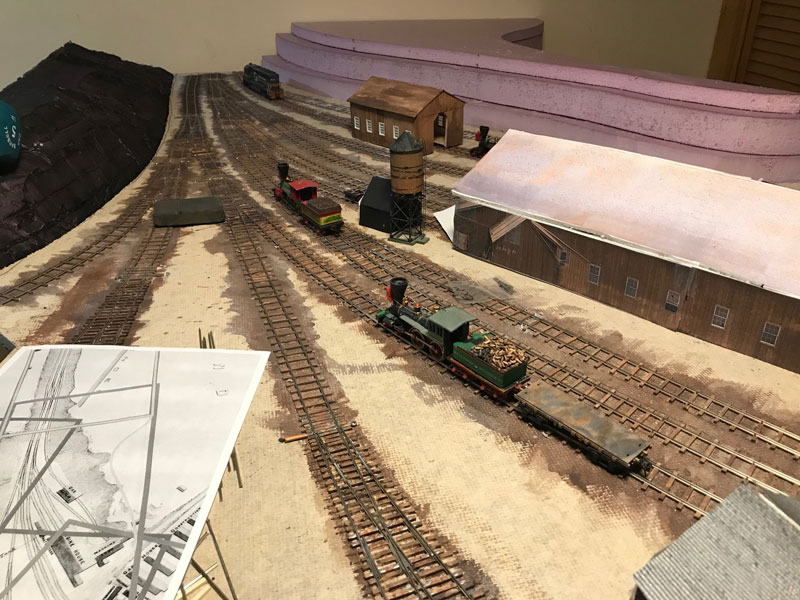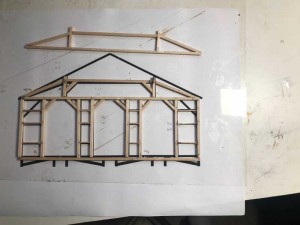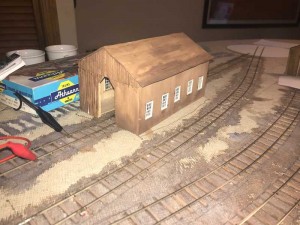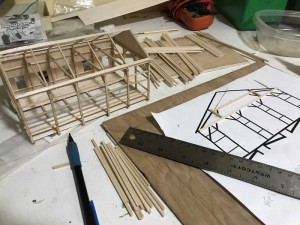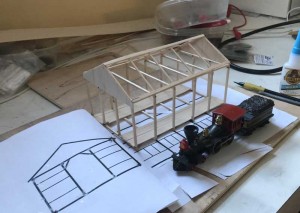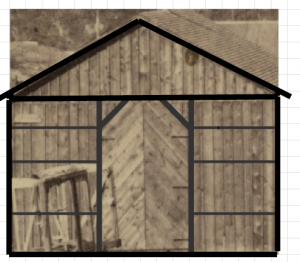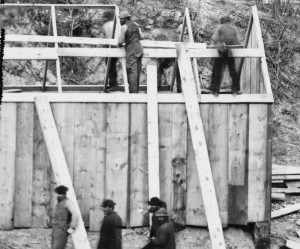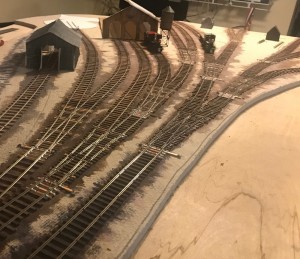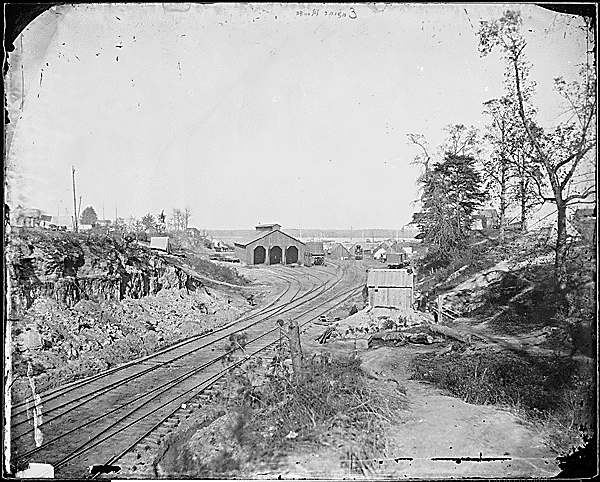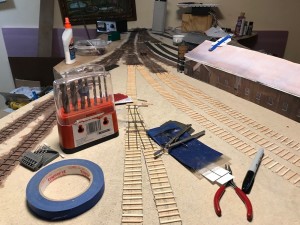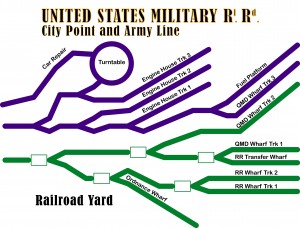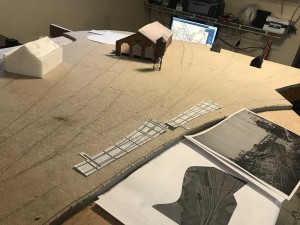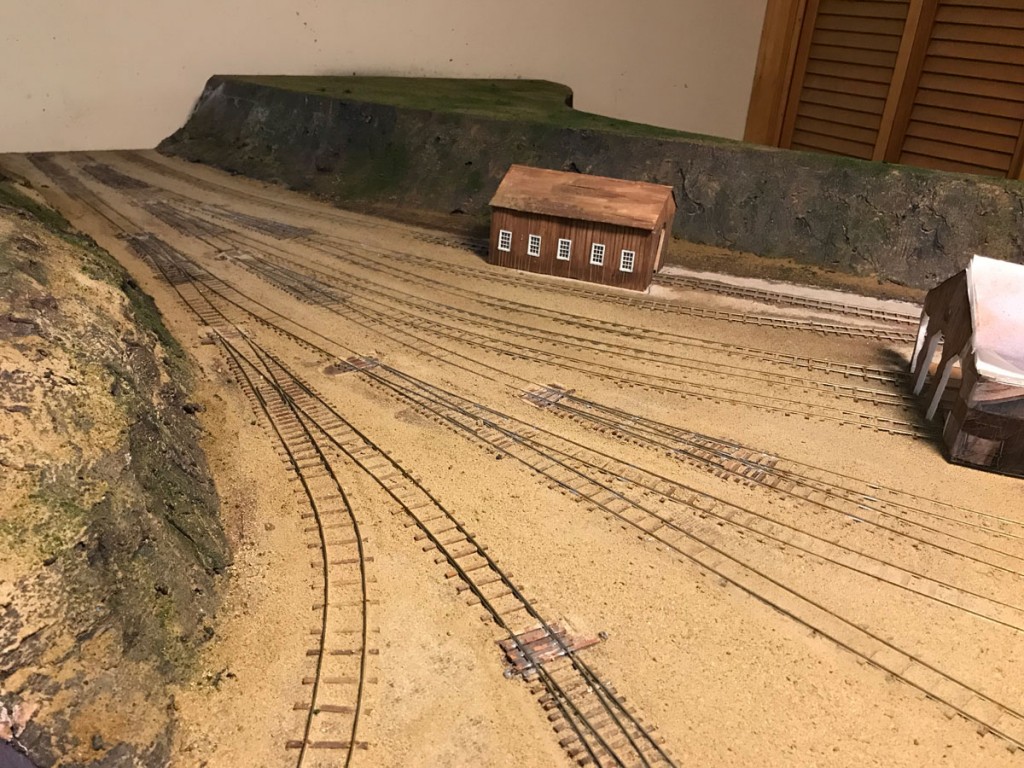
Most of the railroad yard now has ballast and dirt installed. The bluffs also have basic ground cover in place. The dirt comes from a yard of clay that I had purchased for use in a horseshoe pit.
For model railroad purposes, I baked it in an outdoor BBQ in order to kill any living organisms and then sifted it. The baking also removed excess moisture, which made it easier to sift.
I think the clay looks great in this application. My last model railroad used commercial ballast, which appeared oversized and too light in color to me.
Next part of the project is to clean up the track and get the switches moving freely again. I then need to wire the switch machines to the control panel and get all the switches and track operating.
When I get the track issues all straightened out, I will move onto installing the car repair shed. After that, I will finally be able to focus on the centerpiece of this module, the engine house.

